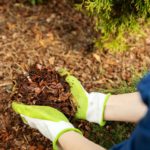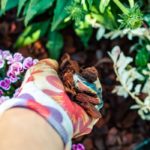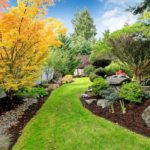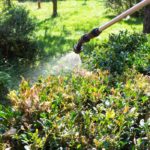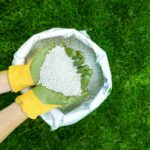Everyone loves a beautiful yard — especially one that’s lush with vibrant and healthy grass. This kind of lawn doesn’t only give you a sense of achievement and pride but can also provide a therapeutic experience. And whether you’re just starting out or have tried everything else with no results, you might want to consider mulching your yard with grass cuttings.
Mulching your grass clippings returns nutrients to the soil, reduces water usage, and prevents thatch buildup in the yard. It’s also good for the environment and promotes a healthy, green lawn. Avoid using longer or large piles of clippings, as these can smother and damage living grass underneath.
Let’s take a closer look at how to use grass cuttings as mulch and what else you can do with them. Don’t let your cuttings go to waste!
Can You Use Grass Cuttings as Mulch?
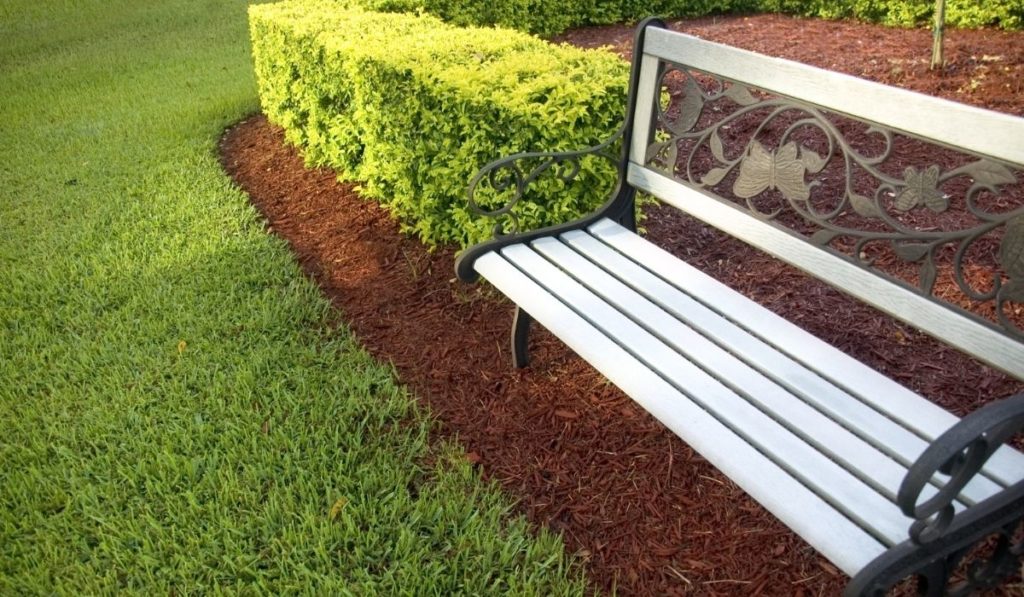
Yes. You can use grass clippings as mulch. In fact, grass clippings are one of the best sources of nutrients for your soil.
After mowing your lawn, grass clippings are a great source of organic matter for your soil. They help improve moisture retention, aeration, and drainage. And the healthier your lawn is, the more lush it will become with each successive season.
It is, however, recommended to collect and clear long clippings. Leaving them in your yard will only smother your grass and damage it. Short clippings, on the other hand, won’t harm the grass because they quickly filter and decompose.
Additionally, when using grass as mulch, here are some tips you should consider:
- Don’t use wet grass cuttings because they can mat down, leading to unpleasant smells due to anaerobic action.
- Use a maximum of 2 inches of grass cuttings as mulch.
- Avoid using grass clippings if they’re infested with pests or other diseases.
- If you’ve used a herbicide on your lawn, don’t use the clippings as mulch and if you do, first consult the product label or a technician.
How Do You Mulch Grass Clippings?
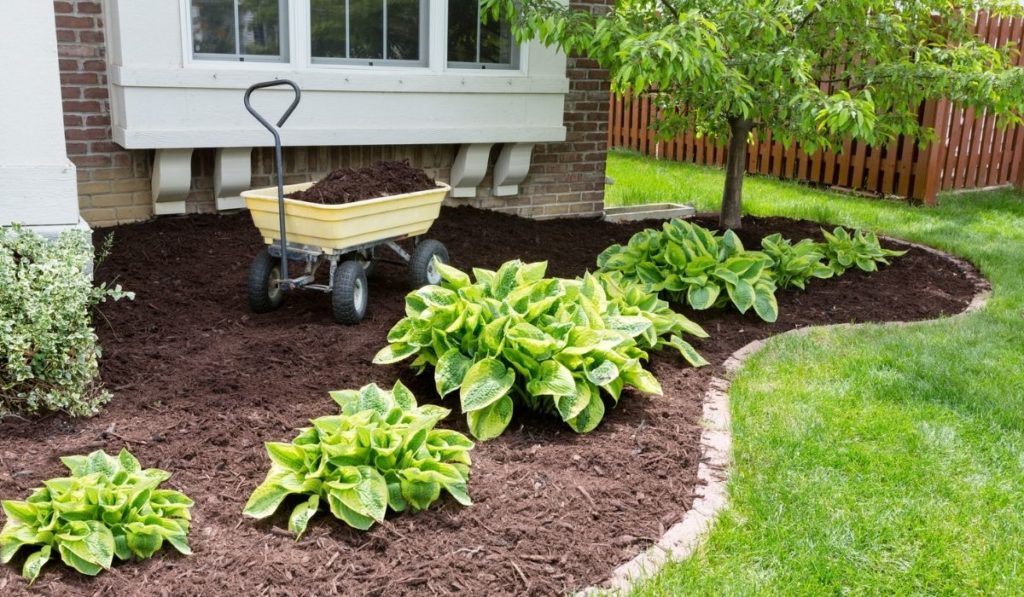
As much as using grass clippings may seem straightforward, there is a proper way to do it. You could destroy your lawn or plants if you do it improperly. When done right, these clippings are a great way to reduce waste, save money and improve your yard.
Here are effective steps that will help you to effectively use grass clippings as mulch.
- Carefully assess the mowing area and the garden you want to mulch. This will help you avoid having too much or too little mulch for use.
- After mowing and collecting the grass clippings, spread them out to dry. This is to avoid an anaerobic reaction that may lead to bad smells.
- Scoop the cuttings, place them in the garden and spread them evenly. Don’t allow puffed up areas, as they can smother your plants.
- If you need to add more layers, you should let the first layer dry down first.
Other Things You Can Do With Grass Clippings
Grass clippings have a variety of uses.
Apart from using them as mulch, there are other valuable hacks to employ so that you don’t have to throw away your cuttings. Consider these fantastic ideas:
Leave Them on the Lawn
Grass clippings are rich in nitrogen and other nutrients. Therefore, leaving them on the lawn can be a great idea.
These cuttings will act as a natural fertilizer, making your yard greener and more appealing. This also helps you avoid carrying around a huge grass bag while mowing your lawn.
Feed Livestock
The grass cuttings from your lawn can be used to feed your animals, since it’s rich in digestible matter content and protein.
Make Liquid Fertilizer
You can use the clippings to make liquid fertilizer for your plants. After cutting and collecting the clippings, put them in a bucket with water.
Allow the cuttings to steep, which will make the nutrients leach. After three to four days, remove the grass and use the water on your plants.
Composting
Grass clippings are useful if you have a compost pile. They’re high in nitrogen, which helps break down other materials and makes great soil for growing plants.
However, they should not be used alone. You should mix them with other compostable items, such as leaves, to have evenly balanced compost.
Cover Bare Soil
If you have a garden or flower bed, you might want to add a layer of grass clippings to protect the soil from drying out too much and to prevent weeds.

